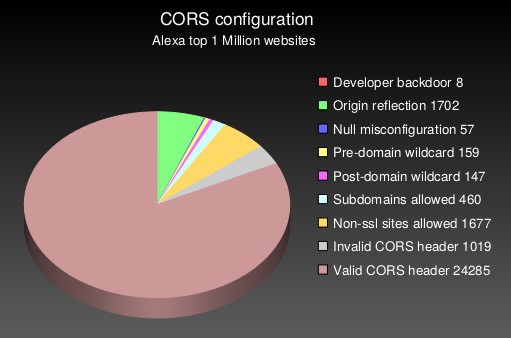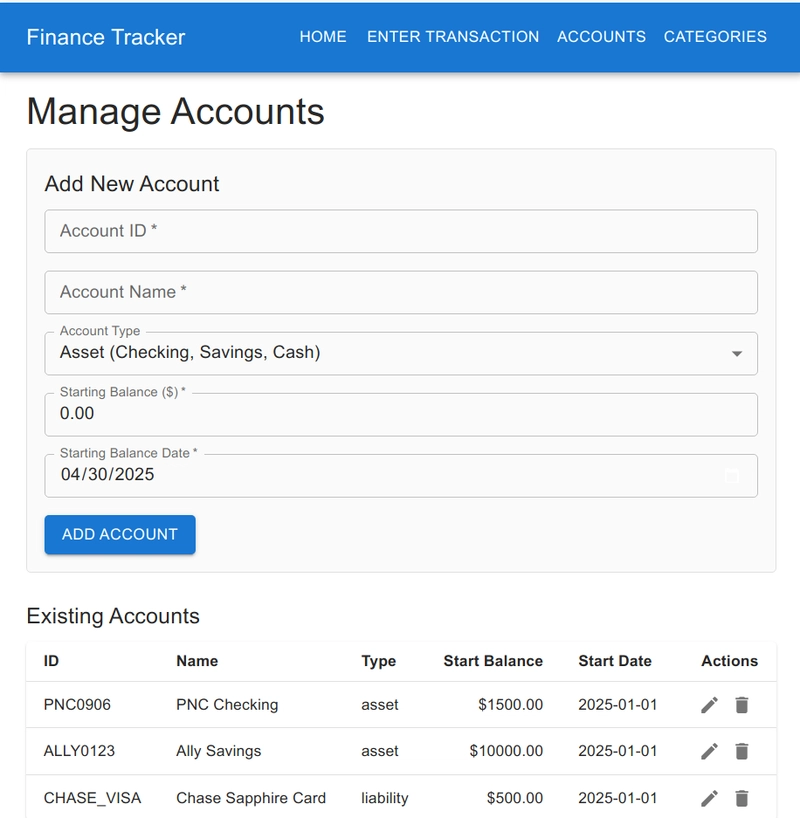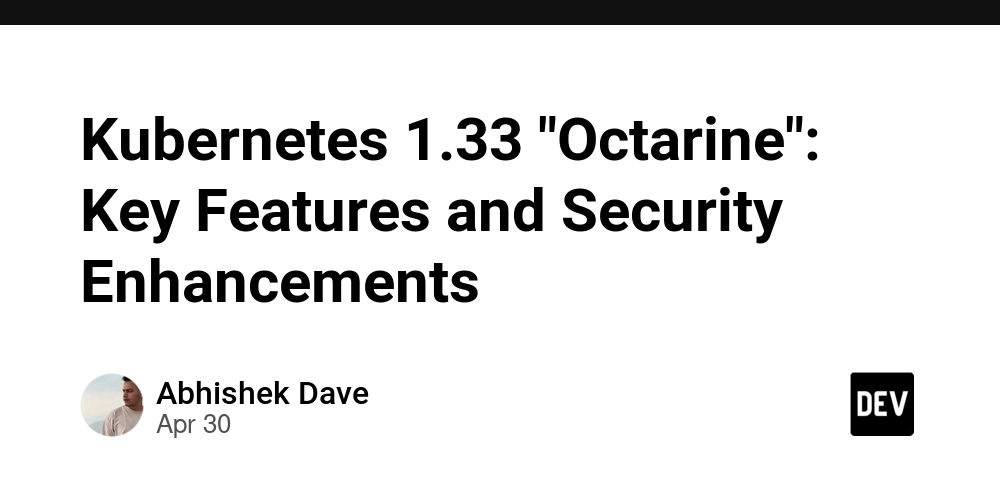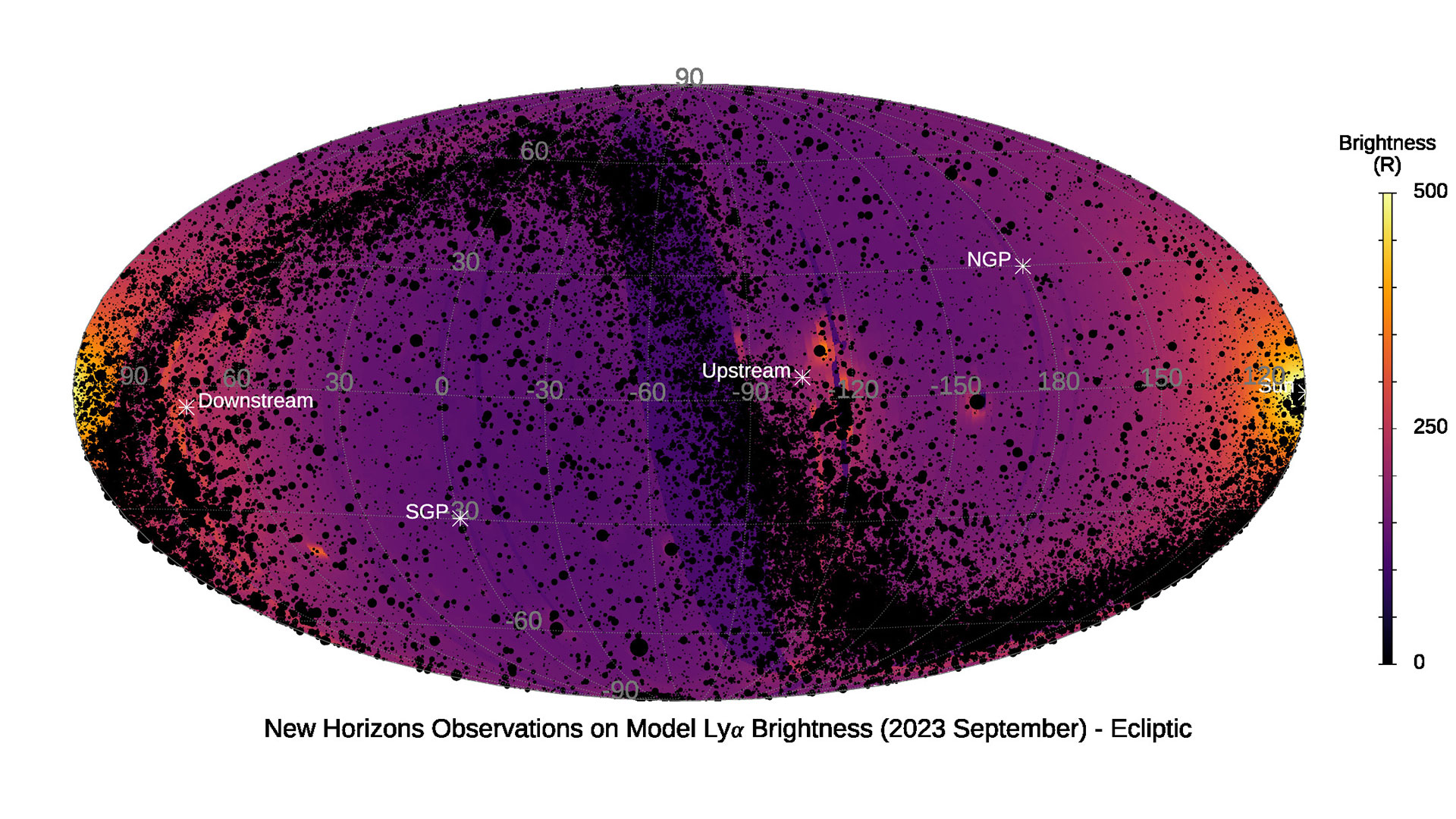Americans locked on inflation as top financial concern: Gallup
Americans are locked on inflation or the high cost of living as the top financial concerns facing their families in 2025, according to a new Gallup survey that was released on Wednesday. The poll found that 29 percent of Americans said the high cost of living or inflation is the most significant financial problem they...

Americans are locked on inflation or the high cost of living as the top financial concerns facing their families in 2025, according to a new Gallup survey that was released on Wednesday.
The poll found that 29 percent of Americans said the high cost of living or inflation is the most significant financial problem they are dealing, a lower share than in 2024 when it was 41 percent. In 2023, it stood at 35 percent.
The second-most mentioned issues facing Americans were a lack of money and housing costs, both cited at 12 percent. Health care costs were third at 7 percent, while stock investments were in fourth place with 6 percent. Taxes and debt were both mentioned by 5 percent of respondents, the survey found.
The survey discovered that 44 percent of respondents said their financial situations were either excellent or good, a 13-point drop from 57 percent since early 2021.
Just over a third, 37 percent, said it was “only fair,” while 18 percent said it was poor.
Over half of Americans, 53 percent, said their financial situation is getting worse, while another 38 percent stated that it is improving, according to the poll.
Inflation was the most often mentioned problem by respondents of all income brackets, although middle-income Americans cited it more often, 38 percent, than upper-income or lower-income individuals.
Low wages or lack of money were second on the list for lower-income people, while housing was the top issue across all income brackets.
Retirement savings and investments in the stock market were top issues for upper-income people, but not so much for those in middle and low-income brackets, the survey showed.
The poll was conducted from April 1-14 among 1,006 adults. The margin of error was 4 percentage points at the 95 percent confidence level.











































































